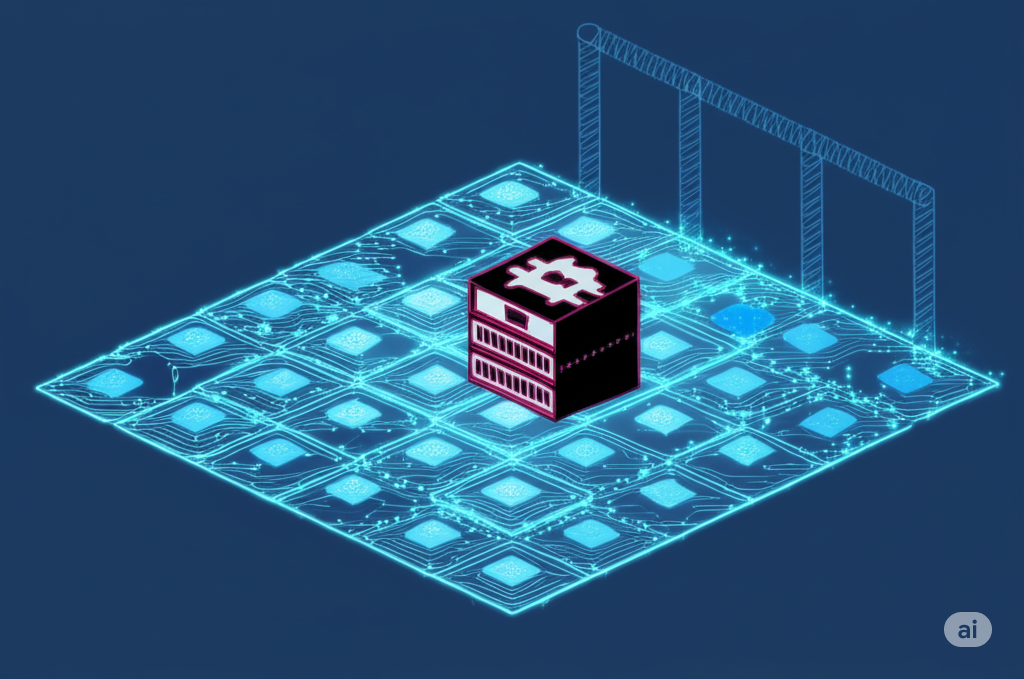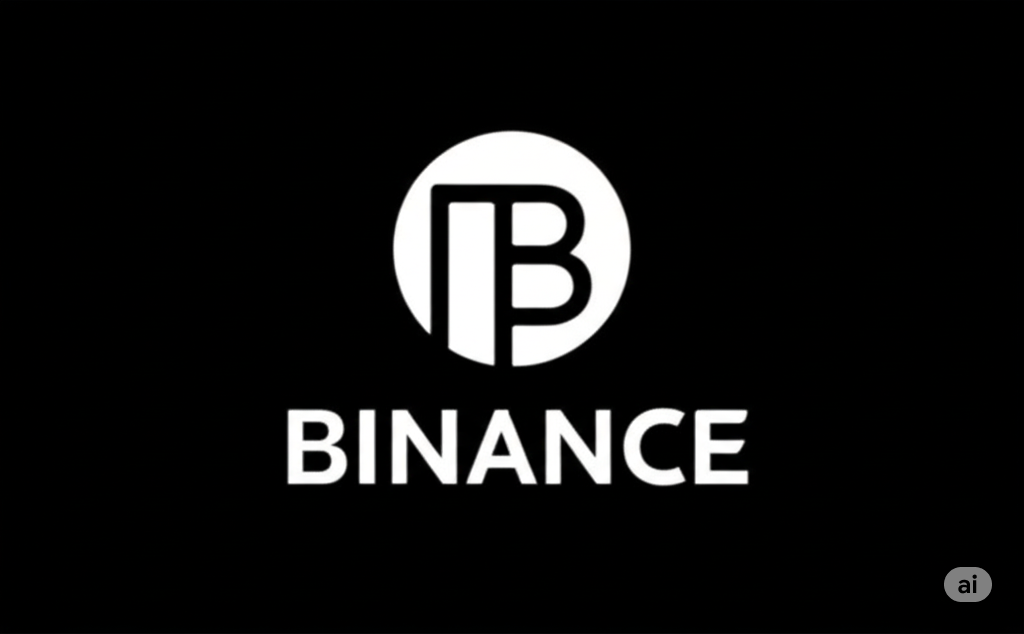The world of cryptocurrencies is known for its volatility. Bitcoin and Ethereum can see wild price swings in a single day, making them challenging for everyday transactions and as a reliable store of value. This inherent instability paved the way for the emergence of stablecoins.
The fundamental idea behind a stablecoin is right there in the name: to offer a cryptocurrency with a stable price, typically pegged to a fiat currency like the US dollar. This stability aims to combine the advantages of cryptocurrencies – like fast and cheap transactions, and accessibility – with the price predictability of traditional currencies.
How Do They Maintain Stability?
Stablecoins employ various mechanisms to maintain their peg:
- Fiat-Collateralized: These stablecoins are backed by reserves of fiat currency held in custody. For every stablecoin issued, an equivalent amount of the pegged currency (e.g., USD) is supposedly held in reserve. Transparency and regular audits are crucial for the credibility of these stablecoins.
- Crypto-Collateralized: These stablecoins are backed by other cryptocurrencies. Since cryptocurrencies are volatile, these stablecoins often over-collateralize their value, meaning they hold more crypto value in reserve than the value of the stablecoins issued. This helps to absorb price fluctuations in the collateral.
- Algorithmic Stablecoins: These stablecoins use algorithms and smart contracts to manage their supply and maintain their peg. They might burn or mint coins based on market conditions to keep the price stable. These are often considered the riskiest type as they don’t always have direct collateral backing them and rely heavily on the effectiveness of their algorithms.
The Illusion of Stability?
While the goal is stability, the reality can be more nuanced. Even fiat-collateralized stablecoins aren’t entirely without risk. Concerns can arise regarding the custody of the reserves, the possibility of regulatory changes, or even the financial health of the issuing entity.
Crypto-collateralized stablecoins face the risk of liquidation cascades if the value of their collateral drops sharply. The over-collateralization helps mitigate this, but extreme market events can still pose a threat.
Algorithmic stablecoins have a particularly checkered history. While some have shown promise, many have failed spectacularly, highlighting the difficulty of creating a truly stable digital asset without direct collateral.
So, Are They Really Stable?
The answer isn’t a simple yes or no. Stablecoins generally offer significantly more price stability than other cryptocurrencies. Fiat-collateralized stablecoins, with transparent reserves and regulatory oversight, are often considered the most stable. However, it’s crucial to understand the underlying mechanisms and potential risks associated with each type of stablecoin.
Before using any stablecoin, it’s essential to do your own research and understand:
- The type of stablecoin: Is it fiat-collateralized, crypto-collateralized, or algorithmic?
- The collateral (if any): What assets back the stablecoin? Are there regular audits?
- The issuing entity: What is their reputation and regulatory compliance?
Stablecoins have emerged as a vital part of the cryptocurrency ecosystem, facilitating trading, lending, and payments. While they offer a degree of stability not found in other digital assets, it’s crucial to remember that they are not entirely risk-free. Understanding their mechanisms and potential vulnerabilities is key to using them responsibly.












Leave a Reply